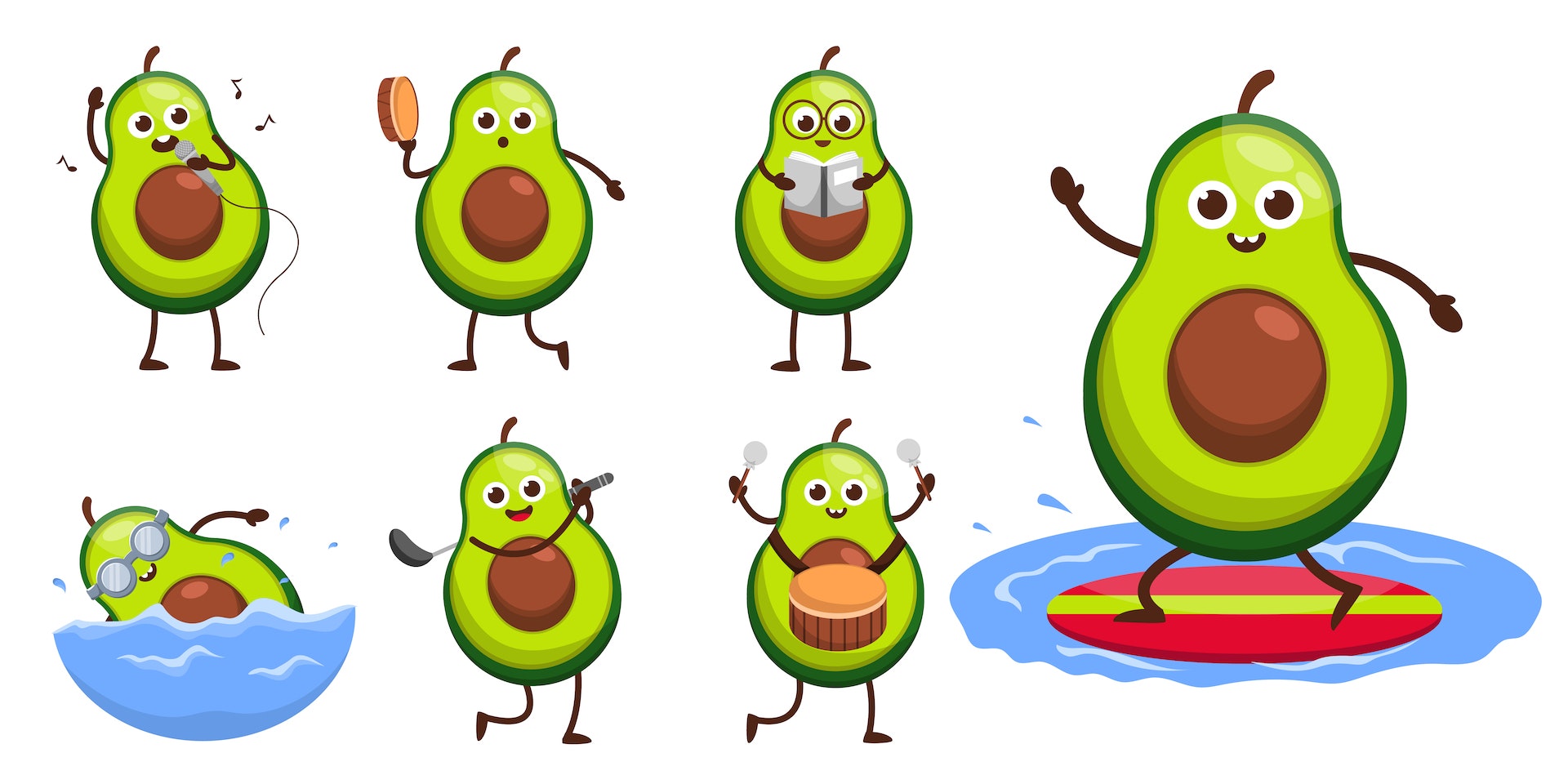The skinny on fats: the facts for a healthy diet


Most healthy diets tend to be low in fat, but did you know that fat is an important part of our diet? It not only protects our vital organs and keeps us warm but also:
Provides energy
Produces important hormones
Absorbs nutrients
According to the American Heart Association, while all fats contain 9 calories per gram, all fats are not equally bad (or good) for us. Here’s a quick-glance guide to the four primary types of fat:
FAT TYPE FACTS FOODS THAT CONTAIN ITSaturated
Raises blood cholesterol levels
Comes mainly from meats and dairy
Is solid at room temperature
Butter and cheese
Pork
Poultry (with skin)
Comes from natural and artificial sources
Provides taste and texture to foods
Raises LDL (bad) cholesterol and lowers HDL (good) cholesterol
Is listed as “partially hydrogenated oil” in processed foods
Baked goods (cakes, pies, cookies, crackers, biscuits)
Fried foods (donuts)
Stick margarine
Frozen pizza
Is beneficial in moderation
Provides nutrients
Can help lower LDL cholesterol
Is usually liquid at room temperature
May turn solid when cold
Olive oil
Canola oil
Peanut oil
Avocado
Many nuts and seeds
Can be beneficial in moderation
Provides essential fats that the body can’t produce (omega-6 and -3 fatty acids)
Is usually liquid at room temperature
Usually turns solid when cold
Soybean oil
Corn oil
Walnuts
Sunflower seeds
Tofu and soybeans
In general, for a healthy diet, most of the fat we eat should be monounsaturated and polyunsaturated (note: some foods that contain these fats may also contain a level of trans fat or saturated fat).
Myths about low-fat diets
When they hear “low fat,” most people think they have to nix their favorite foods. This isn’t the case. If you love pizza but are trying to lose weight or improve your health, instead of cutting it out of your diet altogether, try cutting down on the serving size and how often you eat it. You can also replace some of the ingredients (use whole grain dough and low-fat cheese).
Another myth is that breads, pasta, and rice are bad news and should be avoided altogether. But you can still enjoy them; look for brown rice and whole grain breads and pastas, which provide fiber. And again, try eating smaller portions.
The right kinds of fats to eat
As a guideline, try limiting saturated fat to 10% of daily calories, and eliminate trans fat as much as possible. Replace these fats with monounsaturated and polyunsaturated fats, which tend to be plant-based. This means more fruits and veggies, nuts, and seeds in your daily diet. To get more heart-healthy omega-3 fatty acid, try adding oily fish such as salmon, sardines, and mackerel to your diet.
Bottom line: Healthy fats are an essential part of a healthy diet. For more information about the skinny on fats, check out the U.S. Office of Disease Prevention and Health Promotion’s Dietary Guidelines for Americans. And remember that HY/Teladoc is always standing by when you or a family member needs help to diagnose and treat a non-emergency medical condition. Download the app so that you’ll have 24/7 access to our network of board-certified physicians anywhere in the U.S.
Schedule a consultation with a dietitian today!
Image by: jcomp